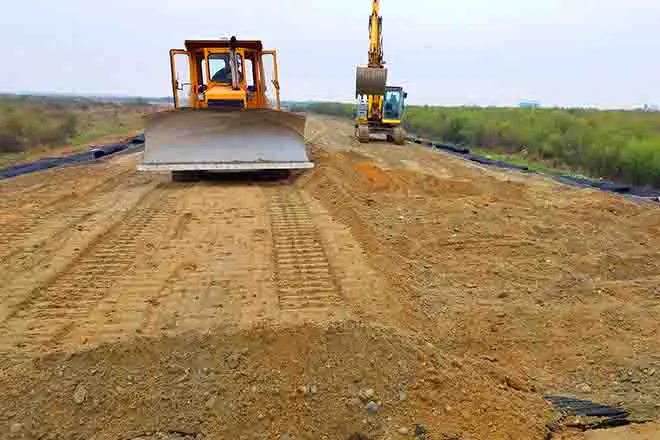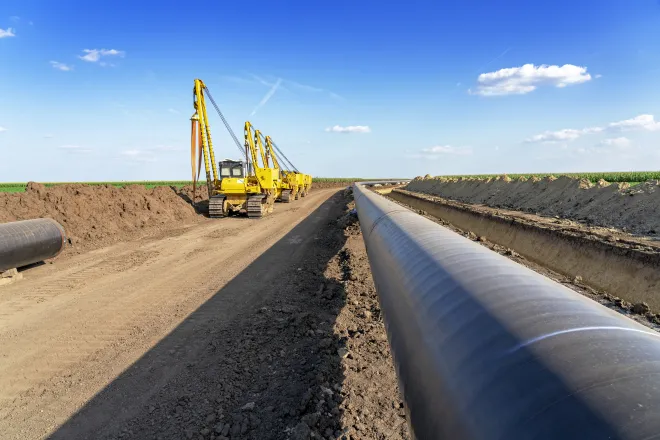
EarthTalk - What’s being done to make human powered bicycles greener?
© iStock
Dear EarthTalk:
You hear a lot about e-bikes these days, but what’s being done to make regular old human powered bicycles greener?
P.L. Milwaukee, WI
As interest in e-bikes grows, it’s important to remember that traditional human-powered bicycles are also evolving towards greater sustainability. Various innovations and practices are making these bikes eco-friendlier, focusing on materials, production processes and end-of-life recycling.
One significant development is the use of sustainable materials for bike frames. Traditionally, bike frames have been made from aluminum, steel or carbon fiber. However, each of these materials has environmental impacts. Aluminum requires substantial energy to produce, while carbon fiber involves complex processes and is challenging to recycle. In contrast, sustainable alternatives are gaining traction. Bamboo, for one, is a fast-growing, renewable material with a low environmental footprint. Bamboo bikes are noted for their durability and natural shock absorption, making them a compelling choice.

Innovative companies are also exploring the potential of recycled materials. A notable example is a bicycle frame made from recycled plastic and produced using renewable energy. This approach not only reduces waste but lessens dependency on virgin materials. Similarly, some brands are repurposing old bicycles or bike parts, extending their life cycle and reducing the need for new resources. The production process itself is another area of focus. Brands are adopting practices that minimize environmental impact: reducing emissions in factories, using renewable energy, and implementing water-saving measures. Additionally, companies are using paints and finishes that avoid harmful chemicals, and are engage in fair trade practices, ensuring that their supply chains are as ethical as they are sustainable.
A crucial aspect of making bicycles greener is ensuring they are durable and easy to repair. High-quality components and thoughtful design contribute to a longer lifespan, which reduces the frequency of replacements and the associated environmental impact. Brands are also increasingly providing repair services and spare parts, which supports a more sustainable lifecycle for each bicycle.
CONTACTS
- Can We Make Bicycles Sustainable Again? https://solar.lowtechmagazine.com/2023/02/can-we-make-bicycles-sustainable-again/
- Which frame material is the most sustainable? https://bicycles.stackexchange.com/questions/89981/which-frame-material-is-the-most-sustainable
- This Bicycle Is Made From Recycled Plastic Using Renewable Energy, https://cleantechnica.com/2024/04/16/this-bicycle-is-made-from-recycled-plastic-using-renewable-energy/
- 10 Brands Making Sustainable Bicycles & Conscious Biking Gear, https://www.thegoodtrade.com/features/sustainable-bikes-and-biking-gear/
- 9 Environmentally Minded Mountain-Bike Brands Worth Checking Out, https://www.outsideonline.com/outdoor-gear/bikes-and-biking/9-environmentally-minded-mtb-brands-worth-checking-out/
- Bjorn Bikes, https://bjornbikes.com/.
EarthTalk® is produced by Roddy Scheer & Doug Moss for the 501(c)3 nonprofit EarthTalk. See more athttps://emagazine.com. To donate, visit https://earthtalk.org. Send questions to: question@earthtalk.org.

















